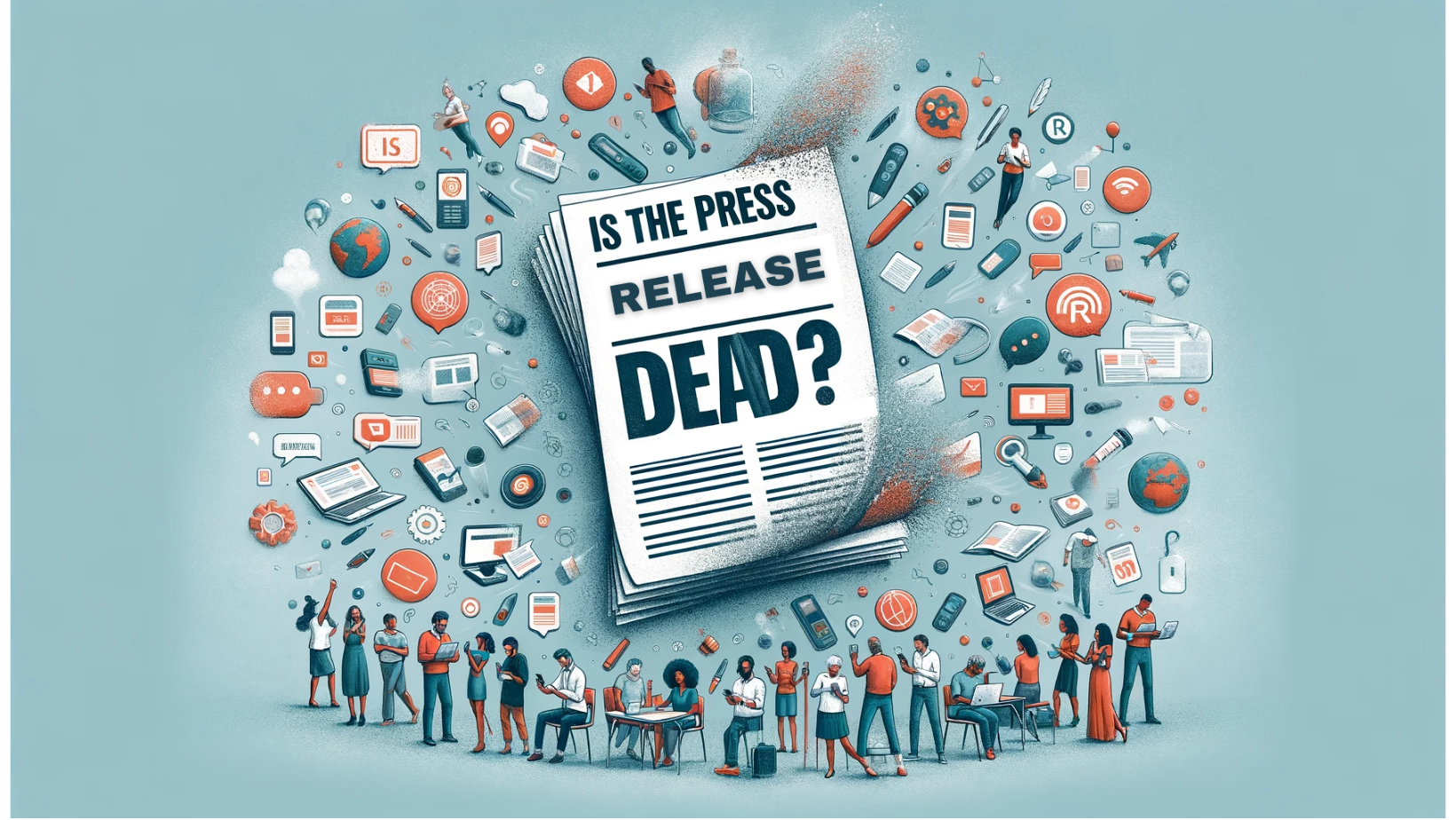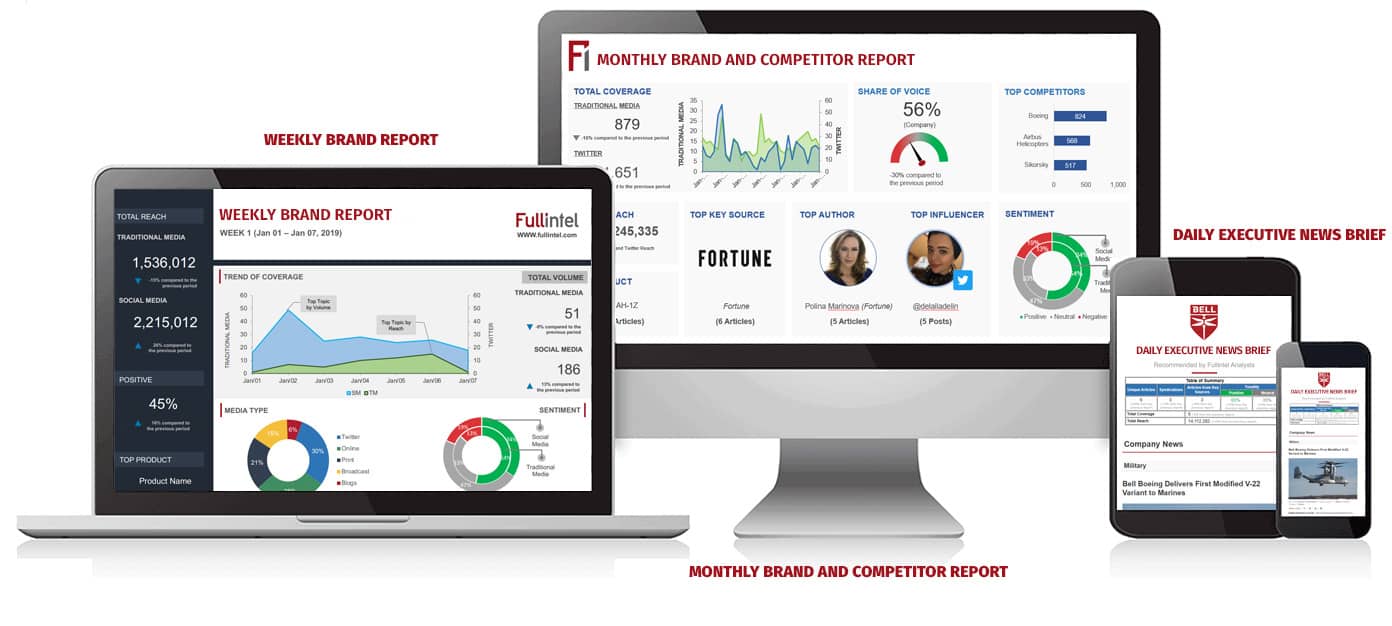
“Interview: Celebrity launches AI dating app for pets, their toys at CES 2024.”
“California is the second most solitaire-obsessed state, playing 3 hours and 51 minutes per year on average.”
“Succession’s Brian Cox Wears Exclusive Barbosa Brooch at EMMY Awards.”
“News Item: Dogs, cats next for Ozempic shots.”
These are just a few press releases that landed in my Fullintel inbox over the past couple of weeks.
Because I exclusively write about media- and communications-related topics for Fullintel, these pitches had me, well… a bit confused.
I had heard for years that the mass email (also known as “spray-and-pray” or “shotgun”) approach of media pitching was passé. I certainly remember it being a point of friction within the newsroom back when I worked in print media in the early and mid-2000s.
So why do some PR folks continue the practice? What do journalists think about it? And when can it be successful? We’ll dive into these questions and more below.
Mass Email: The Journalist’s Perspective

I originally contacted the senders of the releases above to get their take on this approach and gauge how much success they have. But they declined to be interviewed.
So I spoke with Kate Chappell, a content strategist who has spent years as a freelance journalist for Reuters, the Washington Post, the Guardian, the Associated Press, Christian Science Monitor, and the Economist Intelligence Unit, among other fine publications.
Chappell says her name ended up in several journalist databases thanks to her coverage, which focused on Jamaica and the Caribbean. “And I was getting pitches for a small business in a tiny town in England,” she recalls, adding that relevant press releases made up around 10 percent of all the pitches she received each day. “Most were just totally unrelated.”
So she eventually reached out to the largest purveyor of PR media lists to have herself removed from its database, along with clicking “unsubscribe” several times per day on email pitches from smaller providers.
But the press releases kept coming. “It was just so much that I couldn’t deal with it,” she adds.
Why Are Pitches Rejected? A Lack of Personalization
Chappell isn’t alone. A Muck Rack survey from last year found that a lack of personalization in media pitches was the #1 reason for pitch rejection and that most journalists get around five pitches a day (with other respondents indicating they receive a mind-numbing 50-plus pitches per day).
In Canada, research shows that PR consultants outnumber journalists by 14 to one – not exactly a recipe for fewer pitches.
The same Muck Rack survey indicated that 92 percent of journalists prefer one-to-one email pitches and that more than 75 percent are more likely to cover a story if it’s an exclusive.
“The biggest complaint I get when I speak with journalists is that they get pitched stuff that’s irrelevant to them,” says former print journalist Michael Smart, who trains PR pros how to pitch and has worked with clients such as Lowe’s and UCLA. “But even if it is relevant, most journalists probably delete mass emails without looking at them because it’s not a one-to-one pitch.”
Michael Kuczkowski, another former journalist and founder of comms firm Orangefiery, says many journalists now have a litany of extra responsibilities – including video, podcasting, tweeting, and other activities – that take time away from interacting with PR and focusing on core duties.
“I don’t think mass emailing has ever been an effective approach,” says Kuczkowski. “I never really understood it – in my mind, journalism is the one place where people tell you what they think every day. If you just read their copy you can get a sense of what they find interesting.”
The Hidden Downside of Mass Email
But sending irrelevant or non-personalized media pitches risks much more than the rejection of your story.
It can also annoy journalists – pretty much the polar opposite of the PR professional’s goal.
“It’s so annoying and I’m surprised they haven’t caught on yet,” says Chappell. “You would think by now they would realize they are alienating journalists.”
Fast Company’s Chris Stokel-Walker, in an article on mass email pitching, says the practice makes him “angry.
“Companies know their chance of a journalist responding positively and writing a story from an impersonal, mass-mailed message is tiny,” he writes, “but services… make outreach easy enough that the odds are worth it. Meanwhile, journalists’ inboxes are straining under the weight of pointless emails, making it harder to sift out the meaningful ones.”
Smart says some journalists will even block a PR agency’s web domain if they feel they’re getting overwhelmed. “So not only can that PR pro not pitch them anymore, but neither can anyone else from that agency,” he explains.
It’s a sentiment that was echoed by panelists and organizers at the recent Ticket to Biotech (TB2) press panel, a pre-event for the JP Morgan Healthcare Conference featuring journalists from WIRED, STAT, and BioPharma Dive.
“Not knowing what I cover… is another pet peeve,” added Emily Mullin, a staff writer at WIRED, during the panel.
There Are Better Ways to Pitch Your Story Than Mass Email

Clearly, mass email pitching isn’t the most effective approach in most scenarios.
Jacque Coe, a former TV journalist/broadcast planning editor turned PR professional with her own consultancy, cautions her clients against this approach.
“I used to get all these pitches – I was the person you pitched to” at KING-TV in Seattle and other broadcast outlets in the northwest, she says. “I tell my clients that they can take the shotgun approach, but it’s not going to get anywhere.”
Of the PR professionals we spoke with, here are some of their most recommended approaches for pitching journalists:
- Don’t just send a press release. Coe says she advises against sending press releases in general because in most cases it’s not productive and wastes everyone’s time. “Journalists don’t have time for press releases. their inboxes are overwhelmed,” she explains. “Now, more than ever, relationships matter. And brevity is more important.”
At the same time, Smart says press releases still have value as backgrounders that provide relevant details to writers – as long as you approach the journalist with a one-to-one pitch. “But there’s also an argument that it’s better to not have a news release, because a release tells them that everybody else will have the same information.” - Research your target media. Instead of relying on third-party journalist databases and email blasts, Coe recommends PR professionals spend more time independently researching their target media and developing lasting relationships.
Smart and Kuczkowski agree, with Kuczkowski adding that those relationships can generate calls from journalists on deadline who need to round out a story. “The best approach is research-driven,” he says. “You can educate yourself on who might be interested in your story by reading their articles, and then take your story and make it relevant for them. It takes some time but that time is worth the investment.” - Consider the 80-20 approach. Smart says PR professionals can achieve better results by one-to-one pitching only the top 20 percent or so most influential journalists on their media lists. That’s because “if you get four or five of those top outlets to cover it, several of the other 80 percent are going to pick the story up anyway because it ran in agenda-setting outlets.”
- Use a strong subject line. Another tip from Smart is to be sure to craft a clever subject line that references the journalist’s prior work or emphasizes the novel elements of your pitch. Proving relevance helps drive journalist responses. Journalist responses help build relationships. And even if the writer doesn’t cover that particular story, they are more likely to open your next email if you’ve got a relationship.
Either way, Smart says mass emailing is much more prevalent in the PR industry than most people want to admit. “Lots of people do it,” he says, “But they don’t admit they do it.”
The Potential Upside of Mass Email
That’s not to say the shotgun approach doesn’t sometimes yield results or that the press release is completely dead.
“As long as there is SEO, there will be press releases,” says Johna Burke, CEO of the International Association for Measurement and Evaluation of Communication (AMEC). She adds that in some cases AI algorithms have given the practice of sending press releases new life.
“People believe that as long as AI is a part of it, and as long as I’m putting in what I need, it’s going to the right people.”
And while all our experts agree that’s likely not always the case, Stokel-Walker’s comment from earlier – that “the odds are worth it” – is also relevant. That’s because just like in sales cold-calling, just a couple responses out of thousands of emails can make for a successful campaign.
After all, there’s always a chance a journalist might be hard up against a deadline and use content from a press release or reach out to an expert pitched by an agency at the last minute.
Mass emailing can sometimes work if you’ve got breaking news like survey or research results relevant to everyone who covers a particular beat, Smart says. But he still doesn’t recommend the practice.
“I wouldn’t blast it,” he says. “I would pick the 10 journalists I want most, customize it for them under embargo a few days ahead of time, and try to individually offer them some element that makes it special for them.”
For her part, Chappell adds that she’s never been against writing articles inspired or helped along by press releases and PR pitches. “Email is best” when it comes to how she wants to be contacted as a journalist, she says.
“A well-crafted and well-researched email. Send it once and then follow up, because we usually forget the first time we get the email,” she says. “And just show you’ve done your research.”



